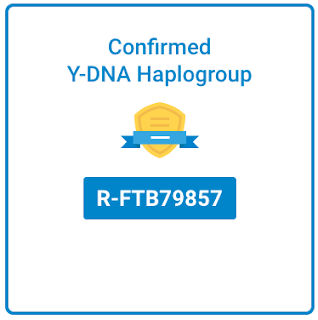Unusual Sources- Dog Licences in Ireland

When putting together family trees in Ireland a researcher must sometimes resort to using some less familiar resources, such as Dog Licences. Irish records are notoriously scant which is the result of a combination of: * being a war torn, invaded country * The General Records Office having been blown up (munitions stored IN the building) in the 1920s. All records had been studiously collected into this state of the art building for safe keeping...... * Census records having been destroyed in the blast and subsequent fire, having been purposely destroyed as not being of interest and having been turned into pulp for paper production during war time. It is therefore very difficult to put together family trees .......So you go looking for alternative information sources- such as Dog Licences! Dog licences were introduced into Irish law in 1865 with the first licences issued the following year. A licence cost 2 Shillings per dog with an extra 6 pence for administration costs. The lice...




